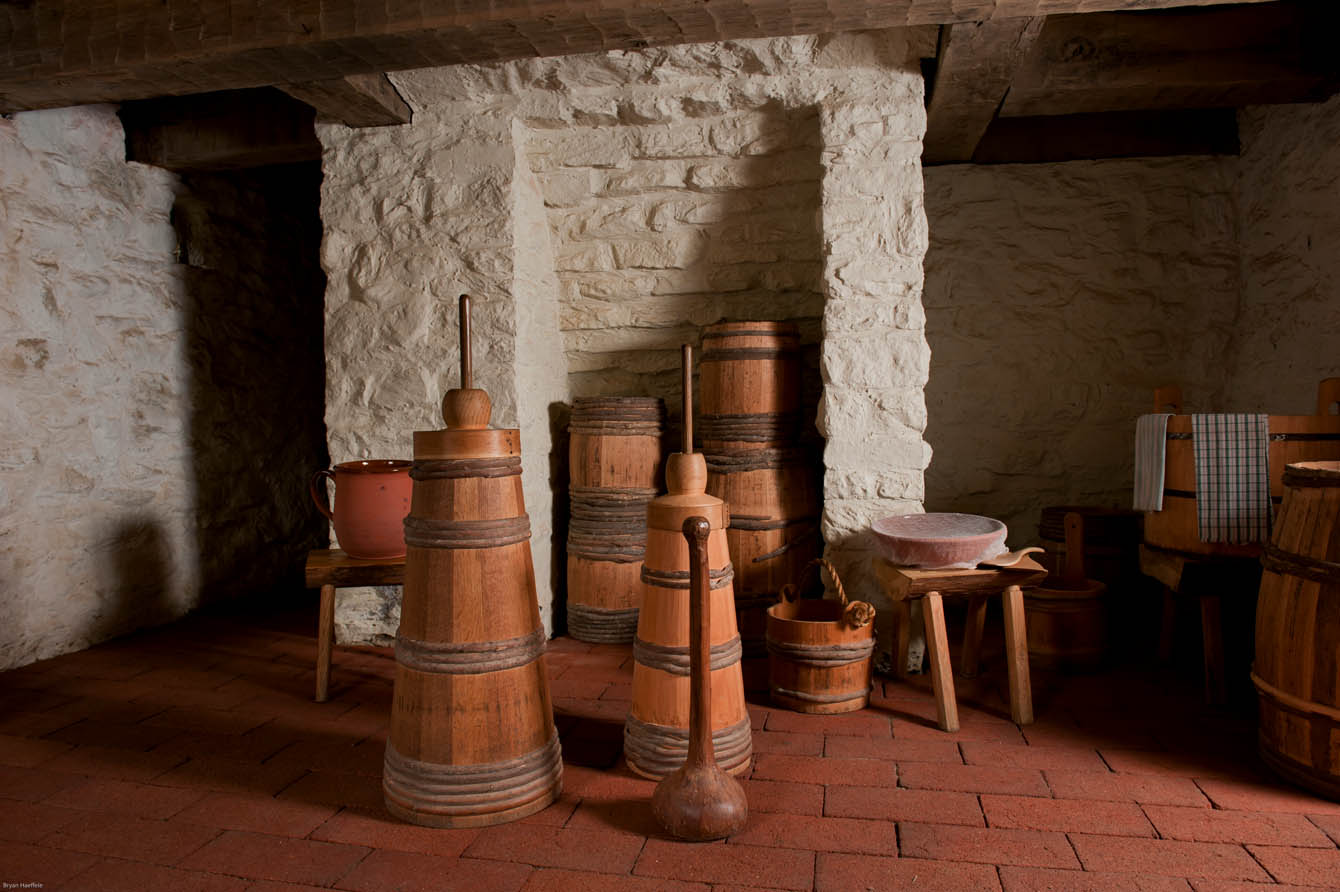More Skilled Labor Stories
In addition to Caesar, many other enslaved people had considerable professional expertise. Advertisements for the return of fugitives often mentioned the skills that made them valuable to their enslavers, and these documents are in many cases the only way historians can discover the technical accomplishments or advanced knowledge of the enslaved. There were enslaved Africans in the North working as bakers, blacksmiths, musicians, stone carvers, silversmiths, ship pilots, and in many other professions. Enslaved people might even be magicians, such as Ishmael, described in an ad as “often shewing slight (sic.) of Hand Tricks.”
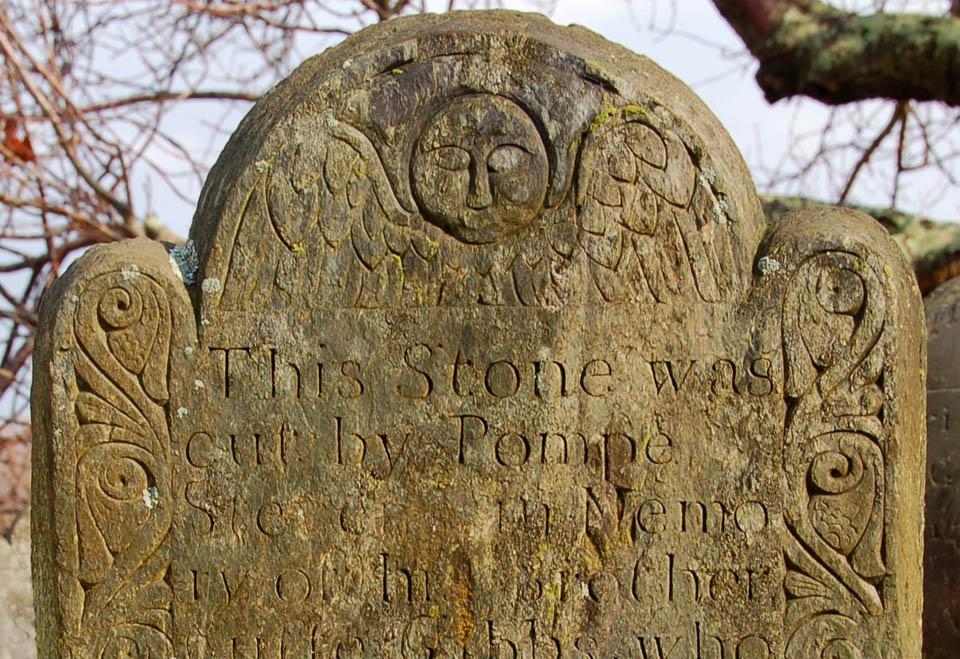
Just as ads for fugitives provide documentary evidence of enslaved people’s skills, so do ads for individuals put up for sale. A survey of sale ads printed in Boston newspapers from 1702 to 1781 included references to over 30 different trades, from wig making to carpentry, in which enslaved people had experience. The phrase “some knowledge” of a trade, such as coopering or tanning, meant that the individual possessed hard-won skills that may have been refined over months or years of labor and learning, and thus could be sold for a higher price.
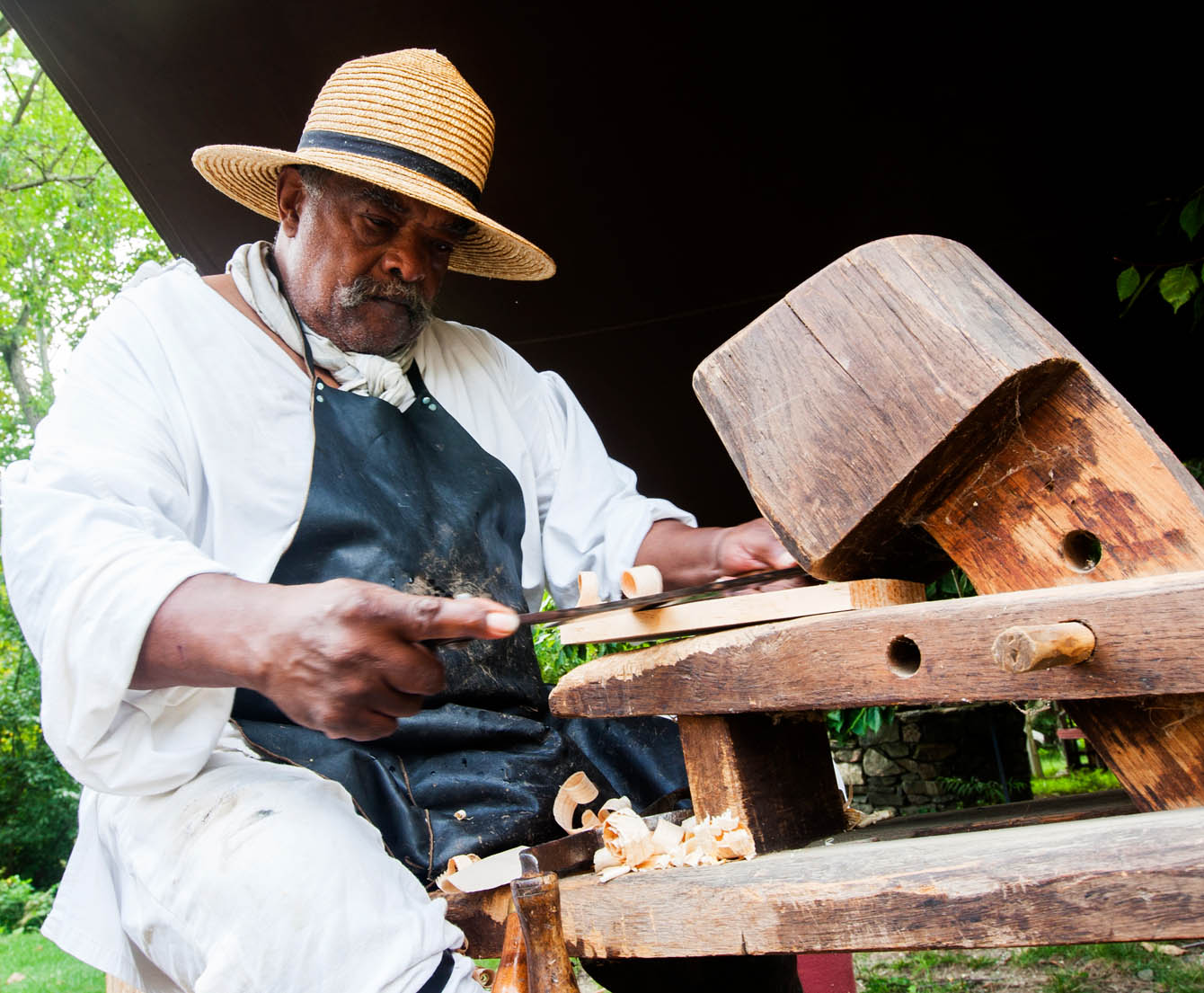
In southeastern Rhode Island, a wealthy farmer named John Bailey bequeathed an enslaved man named Kuffe to his son, John Bailey Jr. Bailey’s 1777 will specified that Kuffe, who possessed knowledge of all areas of farm management, would run his son’s newly inherited farm while John Bailey Jr. was away fighting in the American Revolution. Kuffe was first expected to keep the farm running in his absence, and then to mentor him in the care of livestock and agriculture after he returned from the war.
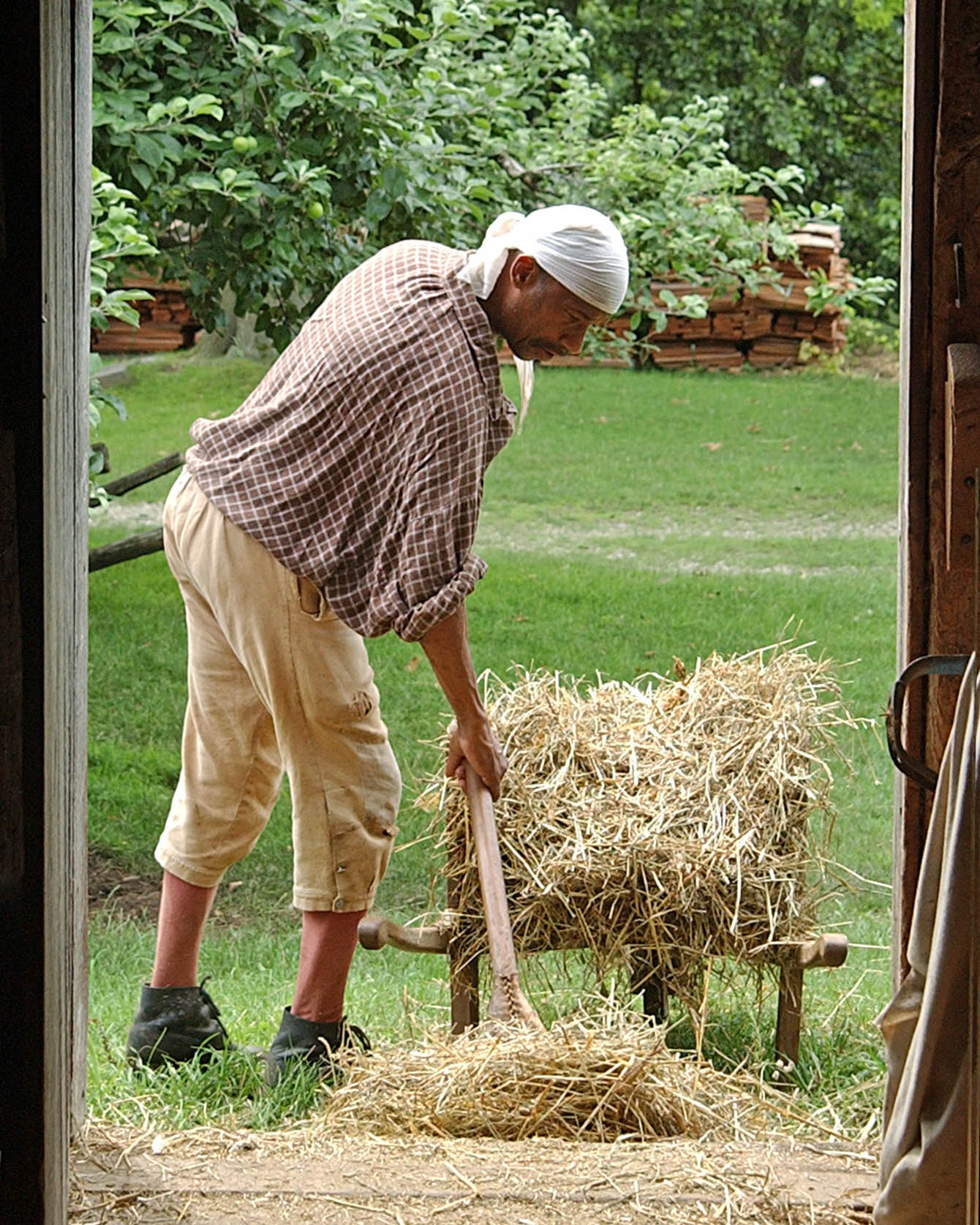
In an age when medical science competed with witchcraft and bloodletting, Onesimus, an enslaved African living in Boston, introduced a smallpox inoculation, similar to a vaccination, into the colonies. Onesimus was from the Garamante region along the Niger River, where inoculations were common. In 1716, Cotton Mather, Onesimus’s enslaver, reported that Onesimus had shared his knowledge of smallpox inoculations being practised in Africa.
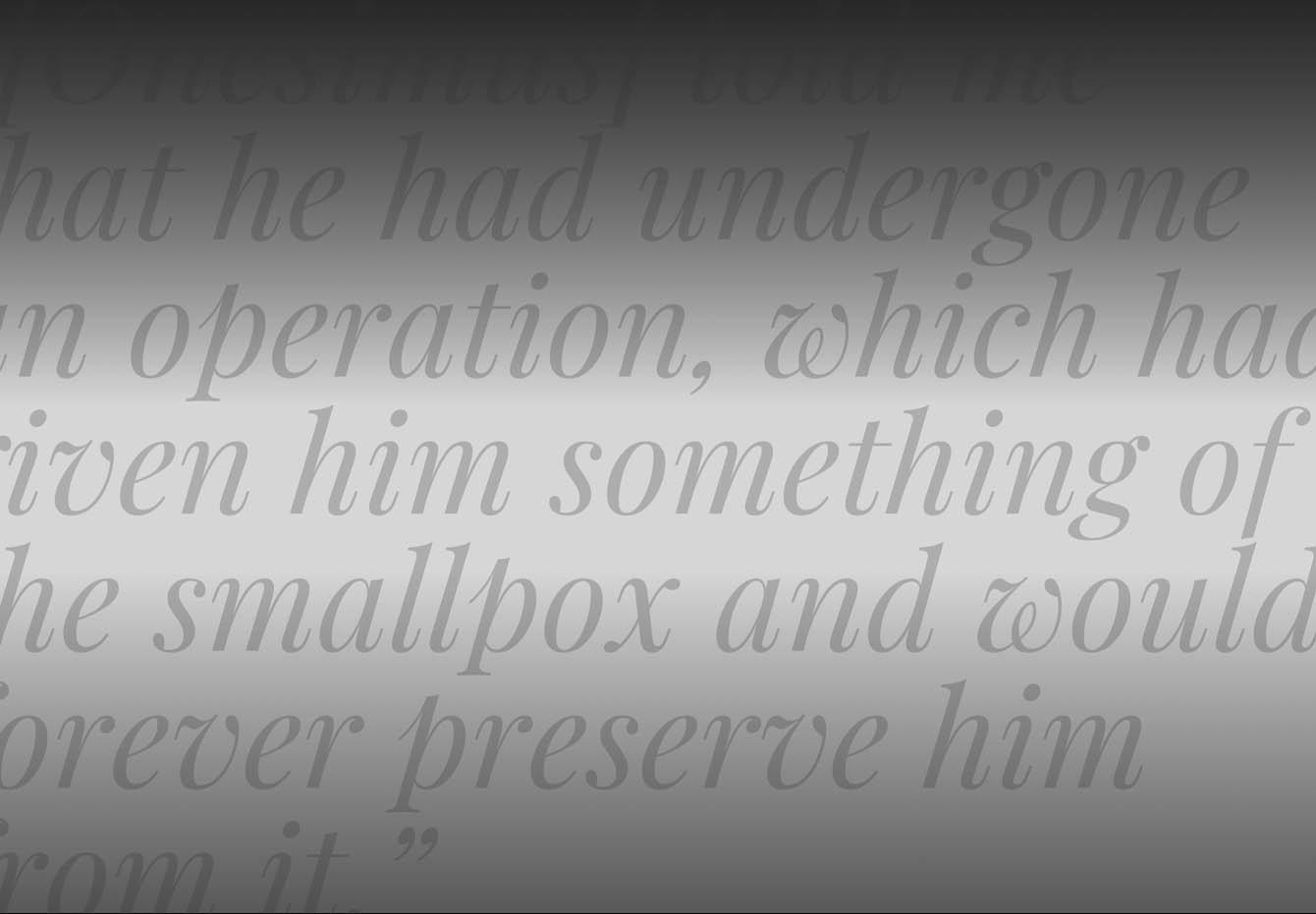
At Philipsburg Manor, the Hudson River provisioning plantation owned by Adolph Philipse, enslaved women Susan, Abigail, Massey, Dina, and Sue maintained a commercial dairy, churning butter for delivery to New York City and as far away as Barbados. Dairy work required hard labor, long hours, and attention to detail as the women milked a dozen cows twice daily and then skimmed, churned, colored, drained, salted, and packed the butter for shipment. In a time without refrigeration, shipping the butter without spoilage required carefully handling each firkin (a nine-gallon cask for shipping butter) according to a precise calculation based on the season, air temperature, and time in transport.
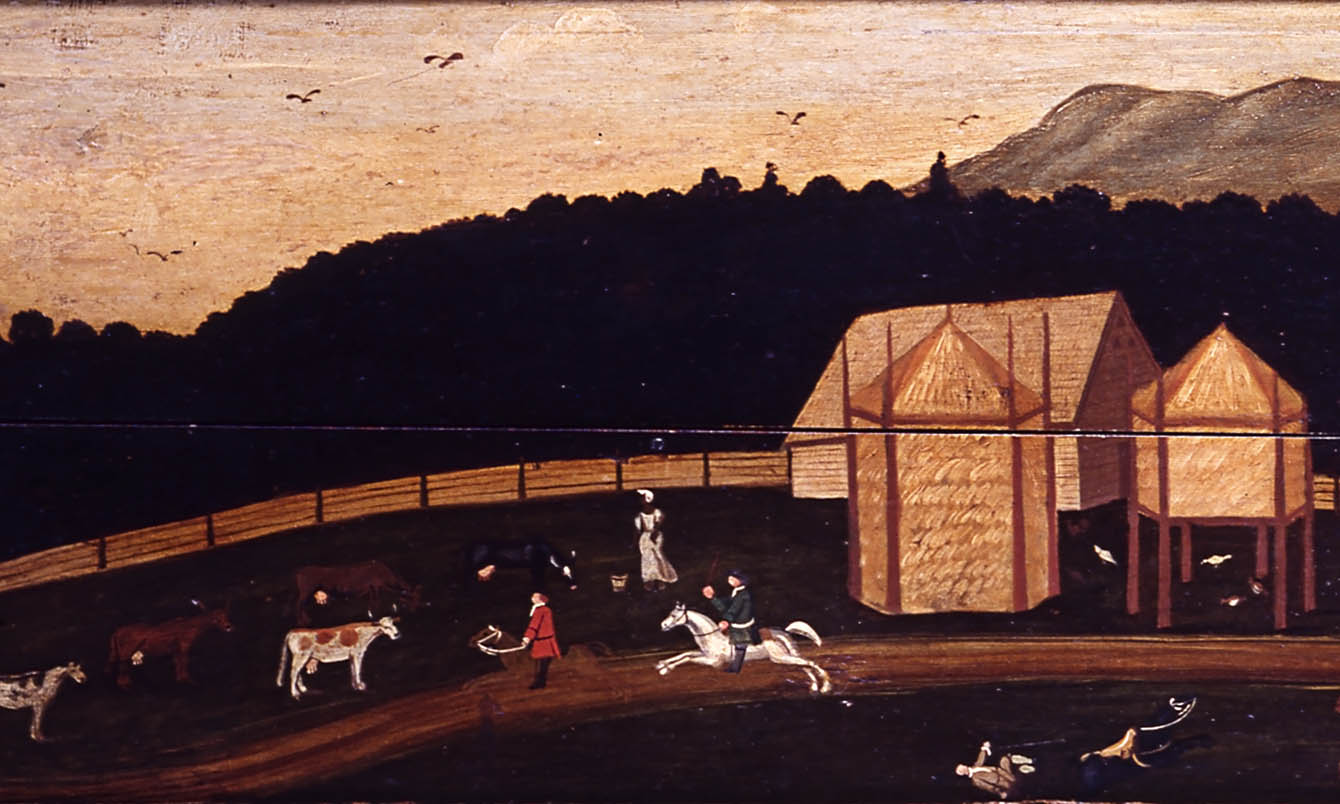
Enslaved individuals often performed specialized tasks which enabled their enslavers to maximize profits. Free white artisans occasionally protested the use of enslaved labor because it undermined their pricing. In 1737 and 1743, white coopers in New York City petitioned the General Assembly to prohibit enslaved men from either working as or being hired out by their enslavers as coopers, and thereby undercutting the prices established by free white coopers. The petition was denied.
Because legislators in every colony were often enslavers themselves, they had little incentive to prohibit the use of enslaved labor for any task, trade, or skill.
